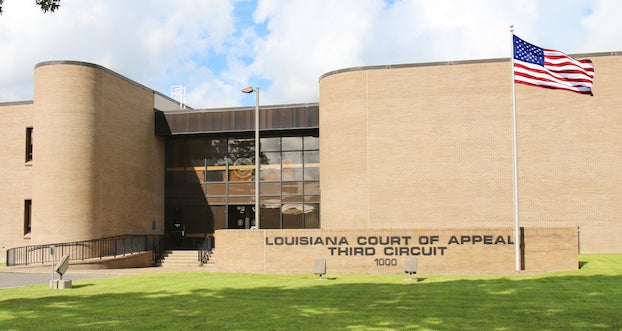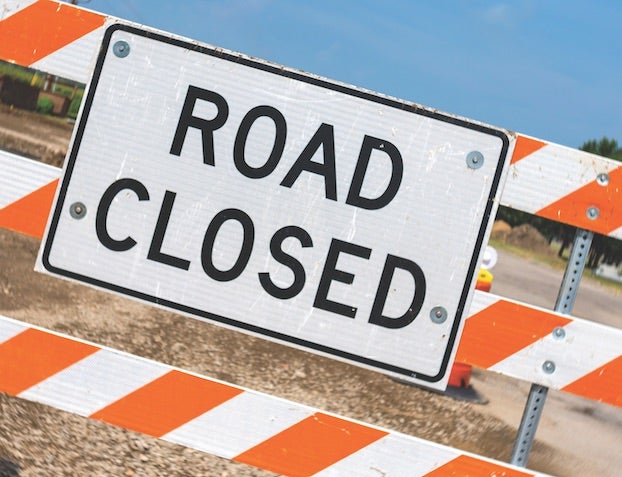McNeese construction nearing completion
Published 11:30 am Sunday, March 31, 2013
Several McNeese construction and renovation projects, totaling more than $50 million, are closing in on their completion dates. Many of the facilities are set to be open before the 2013 fall semester.
Funding for these projects comes from several sources including the state capital outlay fund, local and federal grants, FEMA and insurance settlements, students’ self-generated assessments and private donors, according to Richard Rhoden, director of facilities and plant operations at McNeese.
“Phase I of a $2 million project to renovate and reopen the building at the corner of Ryan and McNeese streets has been completed and Phase II could begin sometime this summer,” said Rhoden. “Chosen Hall will be utilized as a ‘one-stop shop’ for incoming freshmen and will house offices for several departments currently located in other buildings on campus.”
Rhoden said this will create more classroom space and provide a facility for prospective students and their families to access offices related to recruiting and admissions.
Construction of Burton Residence Hall, is near completion after being severely damaged by Hurricane Rita in 2005. Work on the three-story, 150-bed building was funded through the resolution of the university’s FEMA settlement money. The residence hall will be open for the fall semester; it has been closed since 2005.
Inside will be a living-learning space with multiple study areas, computer labs, recreation rooms, a multi-purpose classroom and meeting room space. A commons area will contain a seating lounge along with a vending area and laundry facility.
A new, three-level parking garage is being equipped with up-to-date lighting and security systems. The $13.8 million garage will be able to accommodate almost 900 cars and provide a counting system and two-way traffic space.
Director of Public Relations Candace Townsend said the entire student body was put to a vote on building the parking garage. She said students also approved a fee increase of $75 to fund the project. The university began collecting the fee in the fall semester when construction began.
“We expect to have some type of ribbon cutting opening probably in mid April,” said Townsend. “As with any project we had some weather delays, particularly the garage was effected by some of the rain we’ve had for the past six to eight weeks.”
Plans are set to demolish the vacant married student residence complex adjacent to the Jack V. Doland Field House. A start date for this has not yet been finalized.
Under renovation since 2011, Kaufman Hall will be reopening for the fall semester. The Registrar’s Office, currently located in the Business Conference Center, will move back into Kaufman Hall after the spring semester. Administrative and faculty offices for the College of Liberal Arts are also expected to move back in during the summer.
“With Kaufman Hall we’ve had some challenges throughout the course of that renovation,” said Townsend. “We will be greatly relieved when that renovation project ends and we are able to move back into that building.”
Townsend said renovations to the Band Hall are essentially finished and it is planned to reopen in April. Another project to update and repair the Frasch Hall Annex is set to begin within the next six months and will take roughly a year to complete.
Frazar Memorial Library is undergoing a 22-24 month renovation with new lighting, flooring, elevator repairs and painting. It will remain in its temporary location in Parra Ballroom until the work is complete.
The Southwest Entrepreneurial and Economic Development Center will be set for occupancy by summer. The facility was created to support businesses and economic development.
Work on other areas of campus is also in progress. Rhoden said some of these updates will take place during the time the buildings are off line for renovation and repair.
“Campus-wide ADA modifications and elevator repairs are also underway,” he said. “This work is organized in multiple phases with funding from state-appropriated funds, local self-generated funds and Disaster Recovery Funds from hurricanes Rita, Katrina, Gustav and Ike.”
(Special to the American Press)





